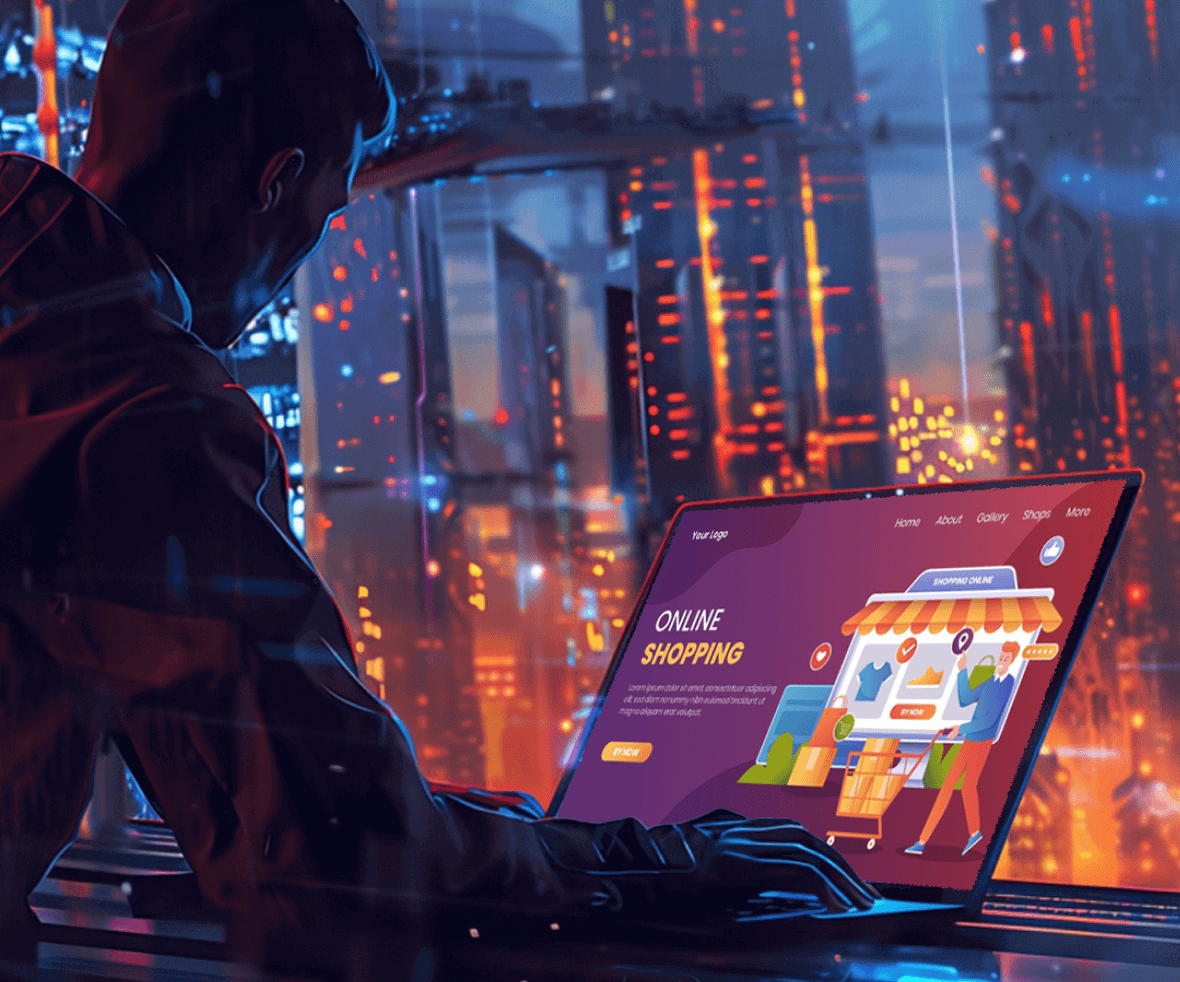What strikes your mind when you have to buy a special gift or a daily-use product? I bet your answer consists of an e-commerce site like Amazon, Flipkart, eBay, Alibaba, or some other online shopping variation. Today, most people will not make the effort to visit a physical shop considering the investment of time, planning, and travel.
Everything is at the click of a button, so why would anyone look for an item outside the e-commerce options? We are here to help you as a brand stand out by providing some UX design guidelines for e-commerce.
What is E-Commerce?
1995 marked the iconic development in the history of eCommerce as Amazon and eBay launched. Amazon was started by Jeff Bezos, while Pierre Omidyar launched eBay. Jeff Bezos first started with books, moving on to music CDs, and then moved on to connect multiple buyers with suppliers.
E-commerce is the buying and selling of goods and services over the Internet. There are no physical marketplaces, and the entire process of marketing and selling goods takes place online.
The Importance of UX for E-Commerce Success
With the rise of e-commerce platforms, the competition in the sector is increasing. The consumers will use only the website/ app that offers the best User Experience. Barriers like slow loading, issues with adding to a cart, fewer payment options, bad images, and bad navigation will result in the customer moving on to another website/app.
The ability to retain the customer will also be tested between competitors. The solution to all these issues is providing an excellent User Experience with a researched User Journey, Information Architecture, and intuitive User Interface. I further mention the essential UX aspects that will help beat the competition.
1. Useful
The content and information provided should fulfill a need to accomplish a task. Avoid unnecessary text.
2. Usable
The User should require minimal assistance to use the website/app, and users should be competent to complete a task and remember the path.
3. Accessible
No User should be overlooked, and the product/services should be inclusive. Designs that consider speech, visual, hearing, and learning disabilities will make their product/service accessible to everyone.
4. Desirable
The interface designs should be aesthetically pleasing, and they should evoke positive emotions to make the User come back again to the platform.
Keys to a Winning UX for E-Commerce
Let’s find out some of the best UX secrets to create a winning e-commerce experience.
1. Responsive Design: UX for E-Commerce Essential
48% of users stated to Google that when a site doesn’t function on their mobile device, they feel that the company doesn’t care for the business. Most Users purchase through mobile, and it becomes crucial to make websites responsive to a mobile, tablet, or any other gadget.
79% of smartphone users have bought online using their mobile devices in the last six months. With the increase of mobile penetration, this percentage will increase.

2. High-Quality Images and Videos: UX for E-Commerce Must-Have
One advantage that physical stores have over E-commerce is that the customer can see, feel, and is tangible during the purchase. The only way to overcome this barrier or satisfy the users is to use high-resolution images and videos. They can be available in various dimensions and degrees. If not, the User is likely to abandon the site due to the wrong impression.

3. User Interface Design: UX for E-Commerce Focus
The designs of all the screens should be interactive, responsive, clean, and with good visual hierarchy, contrast, layouts, typography to please the User. UI design attracts your audience and persuades them to stay on your site and take a deeper look. It improves customer satisfaction, customer confidence, and sales.

4. Provide Social Proof: UX for E-Commerce Tactic
Social proof is a psychological and social phenomenon wherein people copy the actions of others in an attempt to undertake behavior in a given situation, also known as informational social influence.
Providing the User with information like Reviews, Number of Buyers, Video/ Photo reviews, ratings given to the product, certifications, and Seller details will create credibility and influence the User to buy without hesitation.
5. Multiple Payment and Help Options: UX for E-Commerce Best Practice
When we buy offline, we have the luxury to ask immediate questions and get their answers. Similar luxury is replicated with Live chats, FAQs, and chatbots to provide product information. While they check out, multiple options allow the User to complete the process instead of quitting at the end due to the absence of the desired payment method.
Conclusion
By following these UX for E-Commerce best practices, you can create a user experience that is not only functional but also informative, trustworthy, and enjoyable. This will lead to increased customer satisfaction, brand loyalty, and ultimately, higher sales. Check out our case study where we have helped One for Blue achieve their UX goals.
Don’t let your e-commerce site be an obstacle course for customers! Partner with ProCreator Design, a leading UI UX design company in Mumbai. We’ll help you craft a seamless UX for E-Commerce that drives sales and keeps customers happy. Contact us today!







